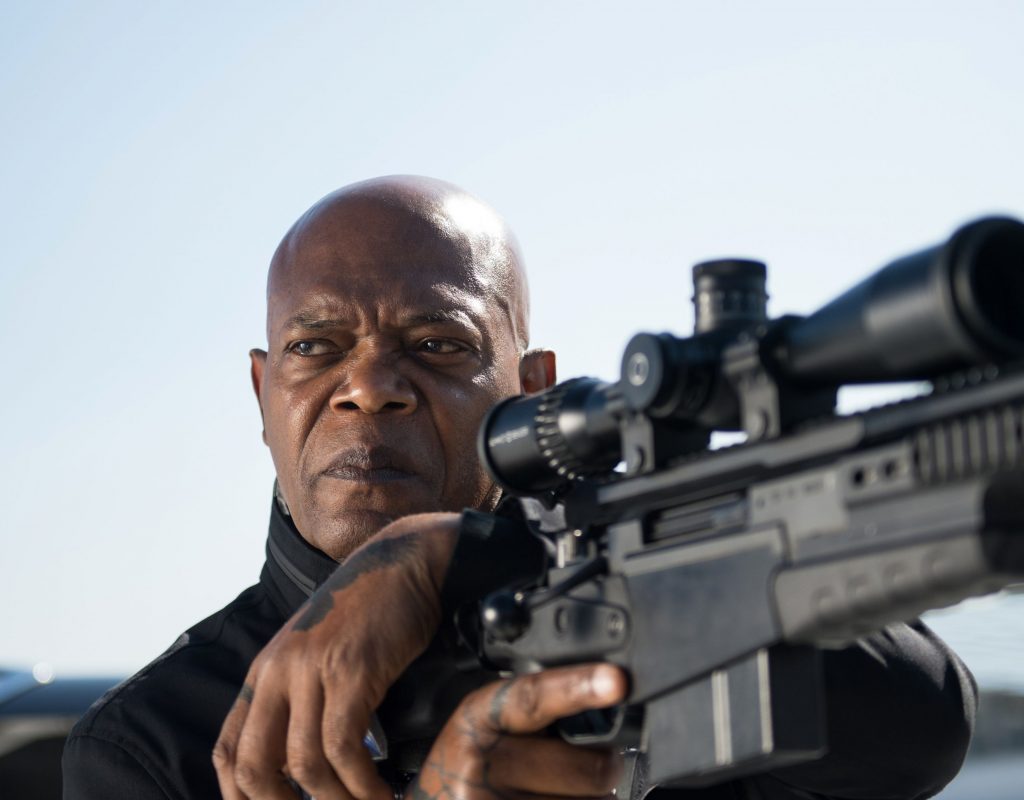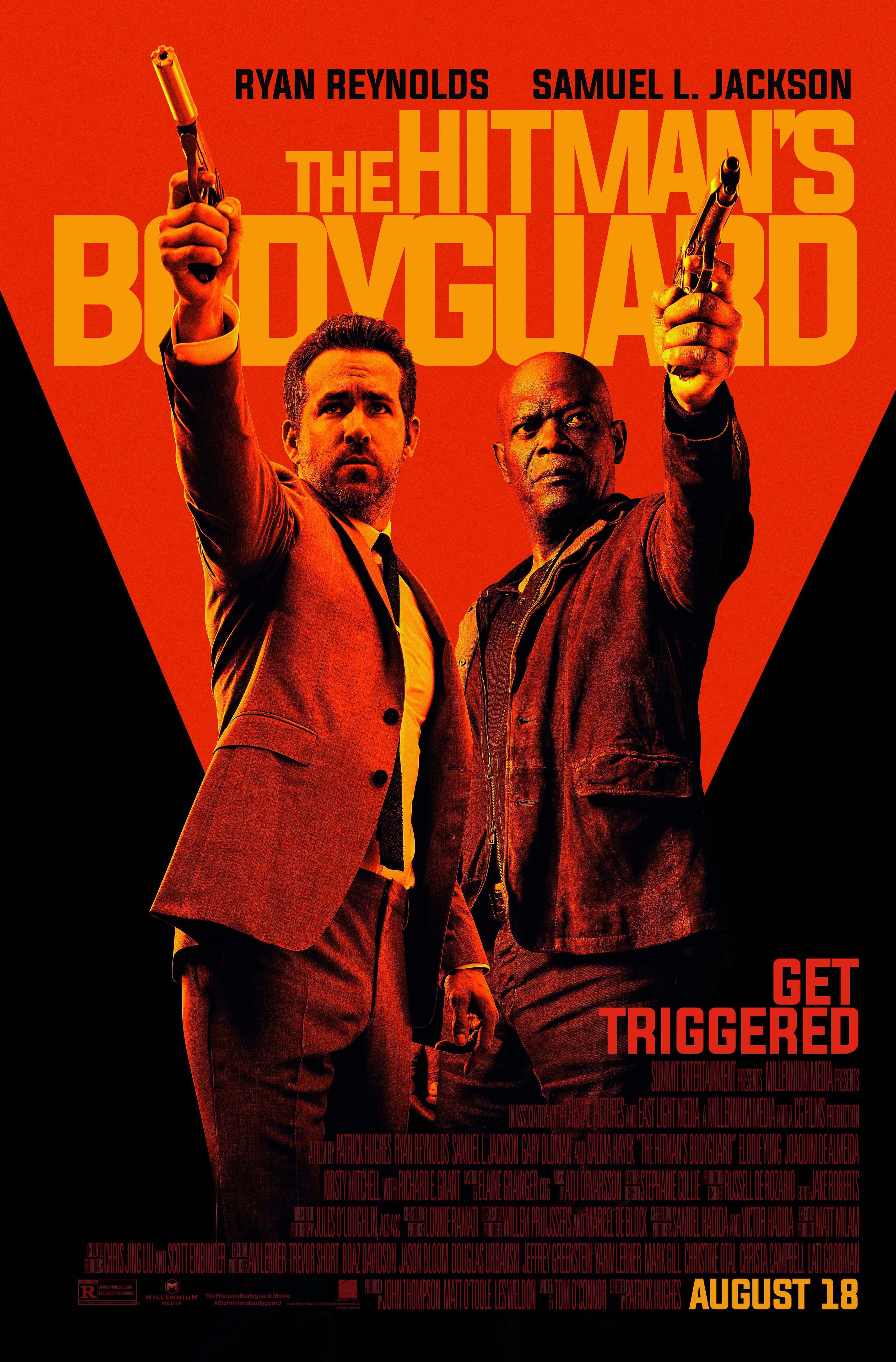 Jake Roberts, ACE was recently nominated for an Oscar and an EDDIE for his editing on Hell or High Water. He also received critical acclaim as the editor on Starred Up for director David Mackenzie. Previously, I’d talked to Roberts about his movie, Brooklyn and this time we spoke about Roberts’ current movie, Hitman’s Bodyguard.
Jake Roberts, ACE was recently nominated for an Oscar and an EDDIE for his editing on Hell or High Water. He also received critical acclaim as the editor on Starred Up for director David Mackenzie. Previously, I’d talked to Roberts about his movie, Brooklyn and this time we spoke about Roberts’ current movie, Hitman’s Bodyguard.
HULLFISH: Hitman’s Bodyguard looks like a very exciting project. It’s very different from Brooklyn.
ROBERTS: Yeah definitely very different. That’s really what it was about for me. In every facet of filmmaking, it’s so easy to be typecast, and I’m always just trying to do something as different to the last project as I can. But also I find you learn so much working in different genres and different schools of filmmaking so it was quite unexpected that something like that would come my way and I was keen to test myself in unfamiliar waters.
HULLFISH: So it was a lot of action. How did you adapt there? Though your films prior to Brooklyn were all very different, right?
ROBERTS: The first film I worked on that was really critically received was a film called Starred Up which was directed by David MacKenzie and was a very violent prison film with an all-male cast. In the U.K. at that time one of the big genres of film was a kind of Guy Ritchie-inspired gangster film. It’s this whole school of filmmaking in the U.K. and I wanted to stay as far away from that as possible because Starred Up could have seen me typecast in thosekinds of films which I didn’t want to do. So Brooklyn was a welcome break from that. Then there was Hell or High Water, which sort of fell somewhat in between. So it was a smoother segue than from Brooklyn straight into Hitman’s Bodyguard.
But I’m very interested in being allowed to operate in the greatest scope in terms of tone. Because my own taste extends to any film that’s done well or any story that’s told well. It’s a luxury to get to make films of any kind, but to be able to make films across multiple genres is an even greater luxury. I definitely revel in that and I think part of the challenge is you do have to adapt stylistically.
Though there’s a big difference between these films stylistically, I find I’m using the same muscles and employing my critical judgment in the same way when I edit. In a film like Brooklyn, you’re always looking for the emotion and the broader themes of what the film is trying to say – which govern most of your choices. Whereas for a film like Hitman you’re really trying to be as funny or as exciting in any given moment and you’re not worrying so much about subtext, but you’re still applying critical judgment in the same way. It’s just different criteria that you’re using to judge.
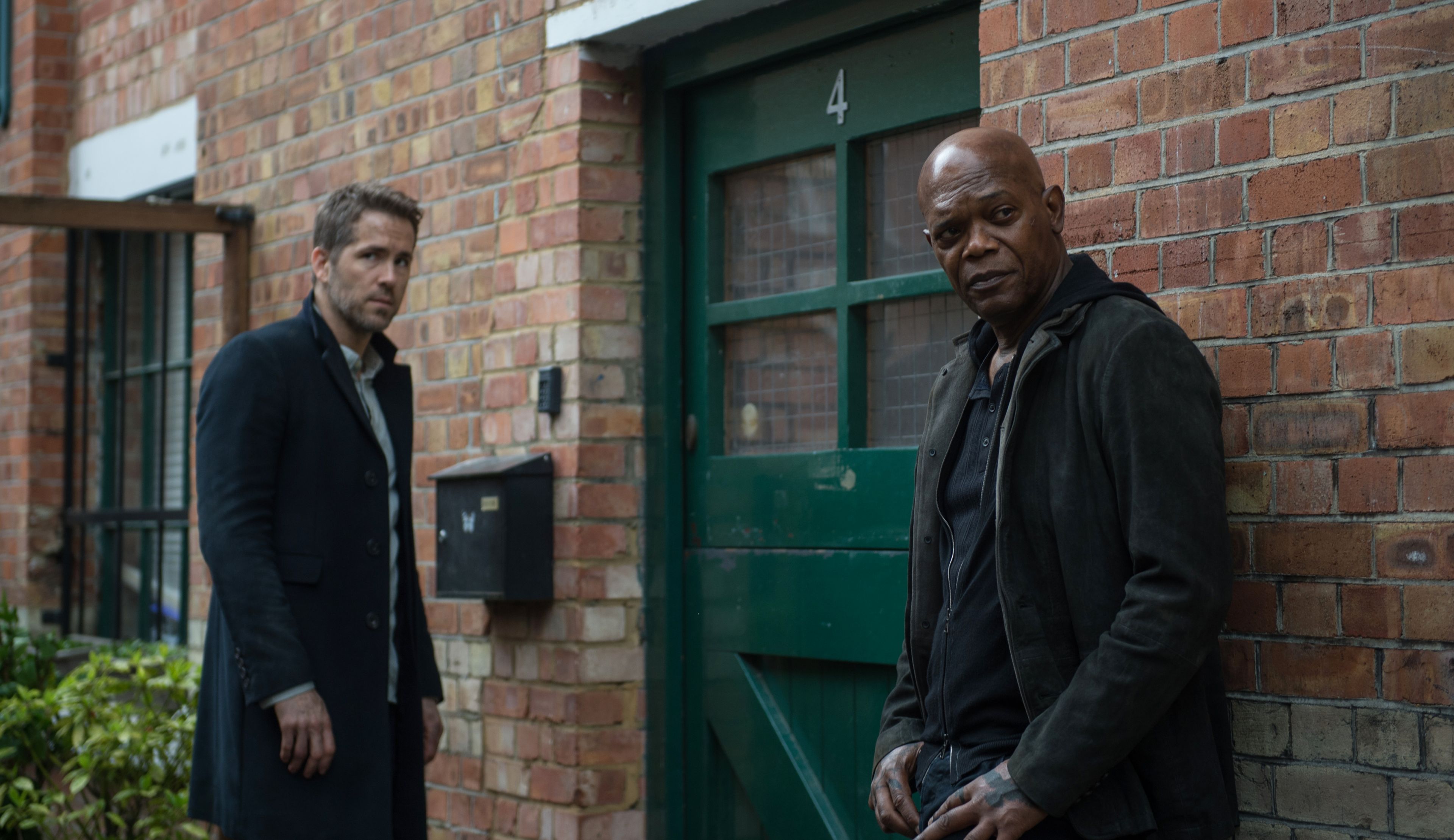
I was cutting documentaries for many years and it took a long time to convince people that I could cut features or drama of any kind because to me editing is editing. Even a different genre such as documentary which is an entirely different thing altogether. It’s the same fight all the time to convince people that storytelling is storytelling in any medium.
HULLFISH: What are some of those lessons you brought forward from documentary? I also have a documentary background and I feel there’s definitely things that transfer.
ROBERTS: Absolutely. With documentaries, as the editor, you’re essentially writing the script as well. The type of documentaries I was working on was unscripted and observational, so the director would shoot just hundreds and hundreds of hours of material. They had a sort of thesis in mind, but they would essentially come to you and say, “Here’s 250 hours. This is what I was thinking.” and leave you to it. And you had to find a path through that which felt intentional and felt authored and felt coherent.
Someone said that editing a documentary is like someone handing you a bag of sentences and asking you to write a novel which I thought was a good way of putting it. The consequence of this is you have to get really good at structure and narrative because you’re the one creating it. This is immensely helpful in features because sometimes even the best scripts need some help in their plotting. Also sometimes the scene as written doesn’t really work; at which point you have to come up with a plan B. In documentary, you never get the luxury of plan A. You get very good at coming up with creative solutions.
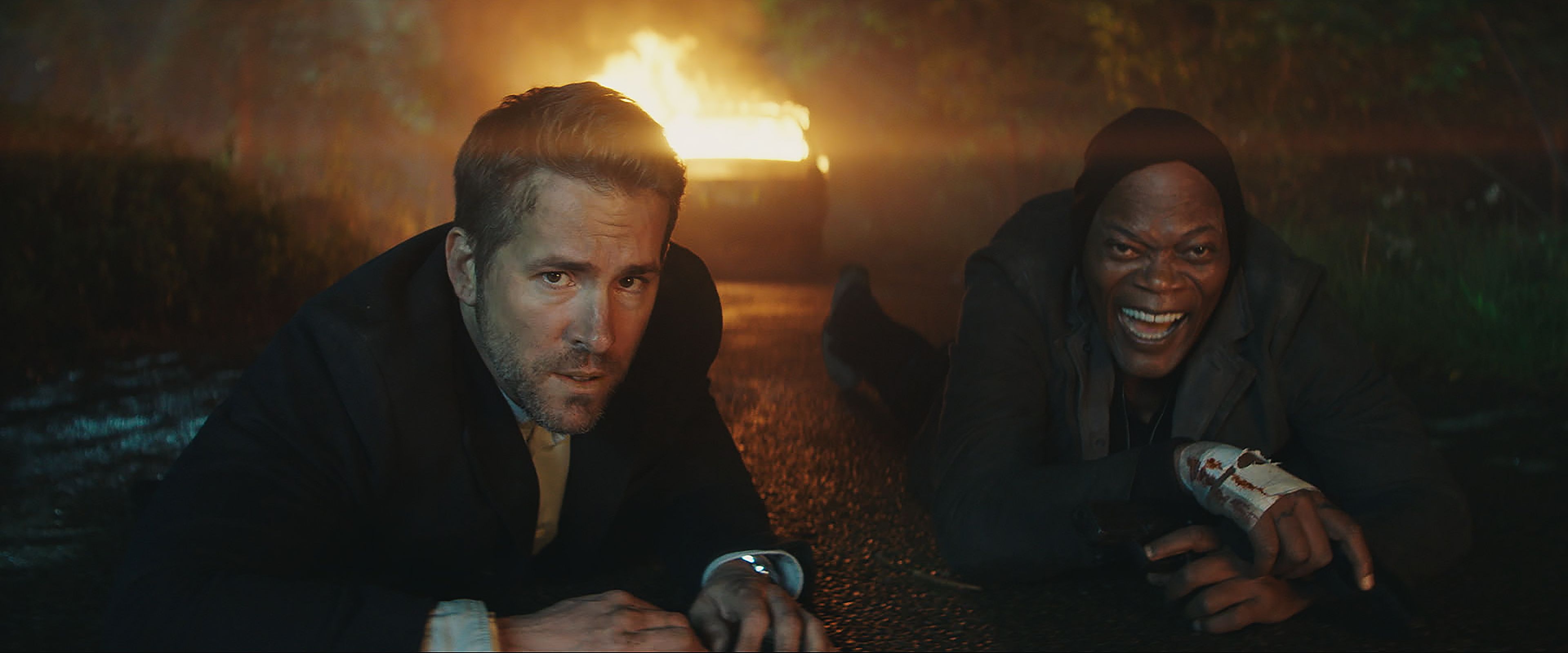
Storytelling is storytelling. When I moved from documentaries into drama it did feel like a luxury at first because I was like, “Oh my god! The story is already written, so all I have to do is put it together, and that seems so easy. But then, of course, you get more into the nuance of it and you realize that even though you’re doing 10 percent of the work that you were before, that 10 percent has to be done in so much greater detail, that it’s just as much or even more work. It’s much more minute editing films than documentaries but I still think a lot of the same skills apply.
HULLFISH: Did you find that there were different muscles you were exercising between cutting the kind of extreme action in the movie and the comedy in the movie or no?
ROBERTS: Yes, definitely. For me, comedy is almost entirely instinctive. This is definitely the broadest and overt comedy I’ve worked on, but I like to think there’s been humor in a lot of the films I’ve cut – from Brooklyn to Hell or High Water, although they’re not ostensibly comedies. But I think I’ve got a reasonably decent sense of comedic timing and that has to be instinctive.
I find the scenes that are funny, I rarely make many changes to. They tend to stay pretty close to my first assembly because the impulse of where to put the cut to the reaction shot or the timing to drop the punch line tends to be a very instinctive thing and hopefully you get it right the first time. There’s a scene in Hell of High Water with Jeff Bridges and the waitress in the diner which didn’t change one frame from my first assembly because it just worked. Over the many months of the editing process, you see a scene so many times that you soon stop laughing. So, I think if you start moving the timings on those scenes for other reasons due to pacing or aesthetics you can inadvertently do damage to a lot of the things that were working. So I tend to leave them be as much as possible.
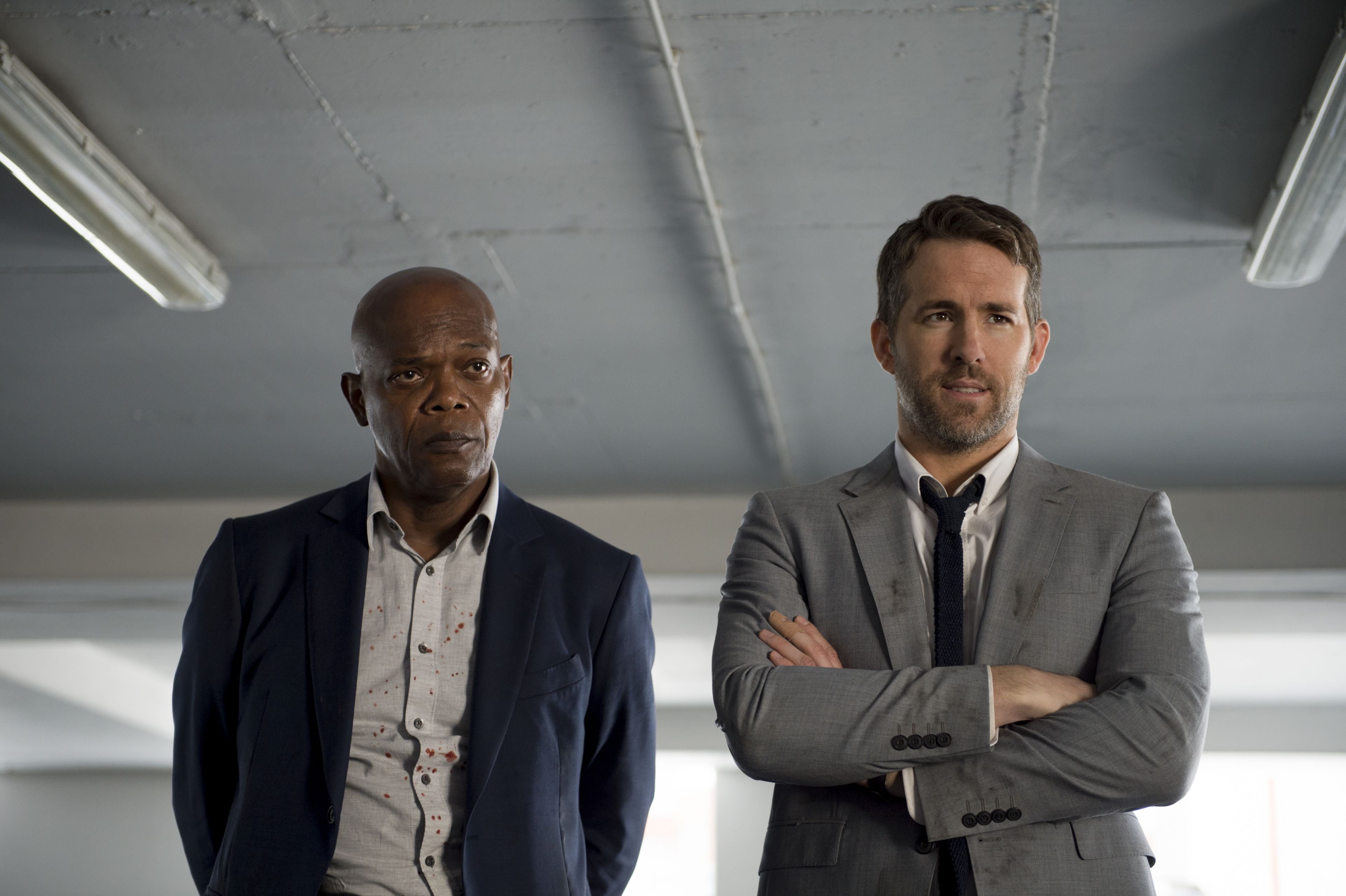
Sometimes you come up with gags which take months to work out… the comedy doesn’t always come out that easy but that’s my general rule. Whereas with the action, your first cut is usually terrible and it takes ages and ages to fine tune it and to go back to the material and find extra shots – and action is so much about geography, so people know what’s going on. It can be very easy to confuse the audience with those things, so quite often you’re just trying to give context in subtle ways. Also, the whole thing with action is that you get it in such small beats because if they’re complicated, stunts tend to be shot in very small segments. So what may look very cutty and me showing off by putting 7 shots together is simply a necessity because those seven shots only apply to 36 frames each, so your hand is often forced. So I find that’s the difference. Basically, comedy is inspiration and action is perspiration.
HULLFISH: That’s fascinating that your comedy scenes are closer to your original cut and the action scenes take longer. I’ve talked to a couple people in the last couple of interviews who say “I always question those people that say it’s the exact cut as the first time I edited it,” but those exact same people usually have scenes that they say they didn’t change from the first edit.
But there are those times when you have to kind of let the process of editing happen and you know that it’s all accomplished through revision. But other times when you’re like, “ I’ve got it right the first time and changing it will just hurt it.”
ROBERTS: Exactly. It’s a weird example, but with house-hunting, sometimes the first house you walk in to you know, “This is it.” So, just because it’s the first idea doesn’t mean it’s not right or that it’s not refined. Often it’s rhythmic. The reason you have to change something is that in the final context, it just becomes too long and so often that’s what you’re up against. It’s more just the timing on a particular scene. If you feel like you hit the sweet spot the first time, then you want to retain that essential element even if you have to make reductions elsewhere.
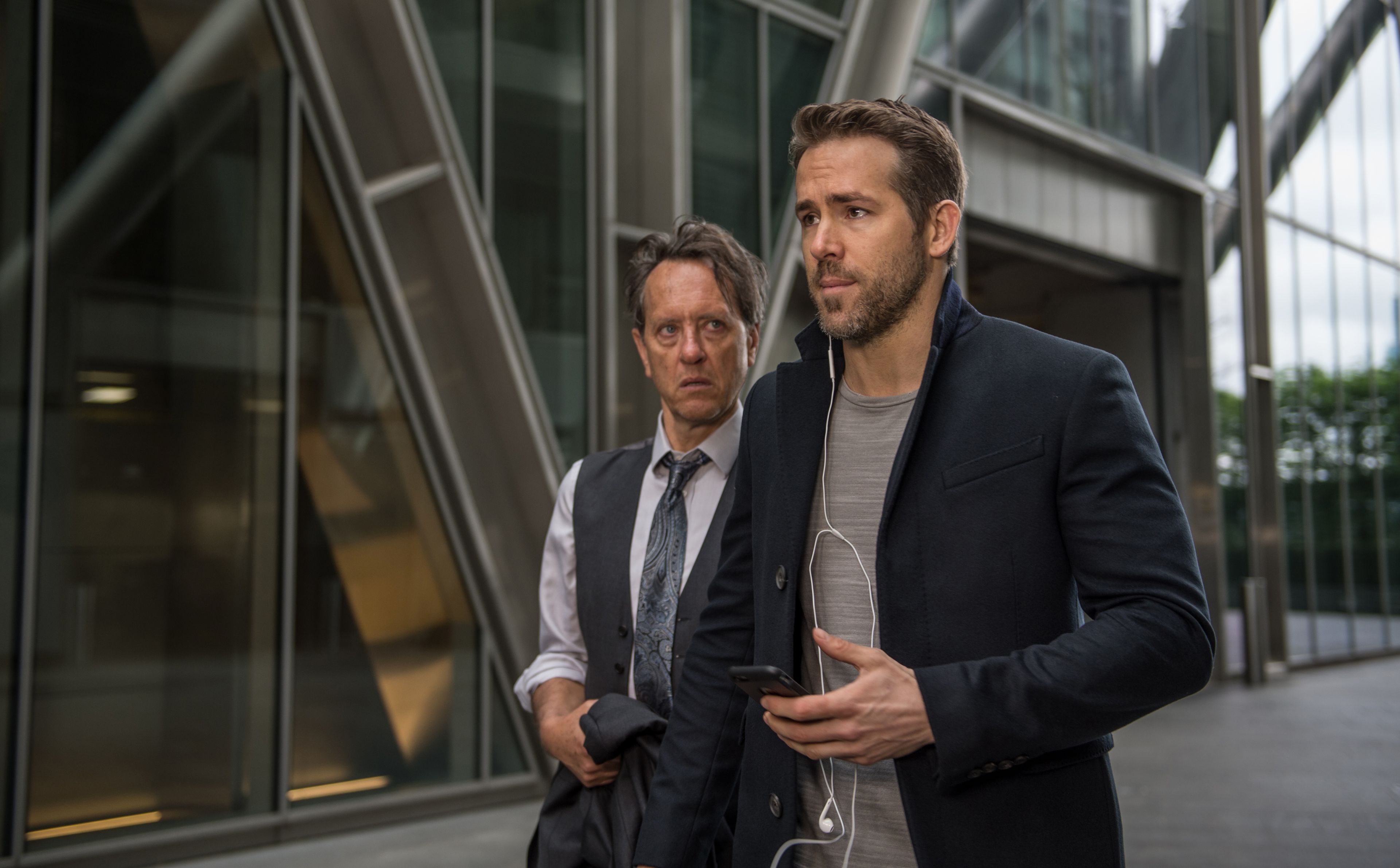
HULLFISH: You mentioned context being one of those things. You’re cutting these scenes out of context originally. And then when they’re back-to-back and next to each other then it makes a huge difference doesn’t it?
ROBERTS: Oh yeah of course. Absolutely. You’re right. For example, the diner scene in Hell or High Water stood apart from the movie as a sort of a sociological snapshot, so the wider context of the movie didn’t really change the scene and to some extent, the dining table scenes in Brooklyn were a bit like that. They were almost an aside to the movie and so the rhythm of those scenes didn’t need to ever change because of something else that happened elsewhere. Whereas the emotional beats with Saoirse Ronan’s character that happen elsewhere in the movie were all about the context and those are the bits that did change all the time.
Context definitely changes most cuts. A simple example is that so many first assemblies end with a long beat on an actor’s face, simply because actors tend to give strong looks at the end of a scene and the camera tends to keep running so your first instinct is to hold on them to hammer home the emotion. Out of context this feels good but of course when you stitch together your assemblies for the first the time the rhythm of the cut is terrible because it’s constantly landing with a thud at the end of every scene, so very quickly you remove a lot of those beats and just keep the few that really count. There are hundreds of adjustments like this that you need to make when you finally put the scenes in their true context.
HULLFISH: Sometimes with context is it just the transitions?
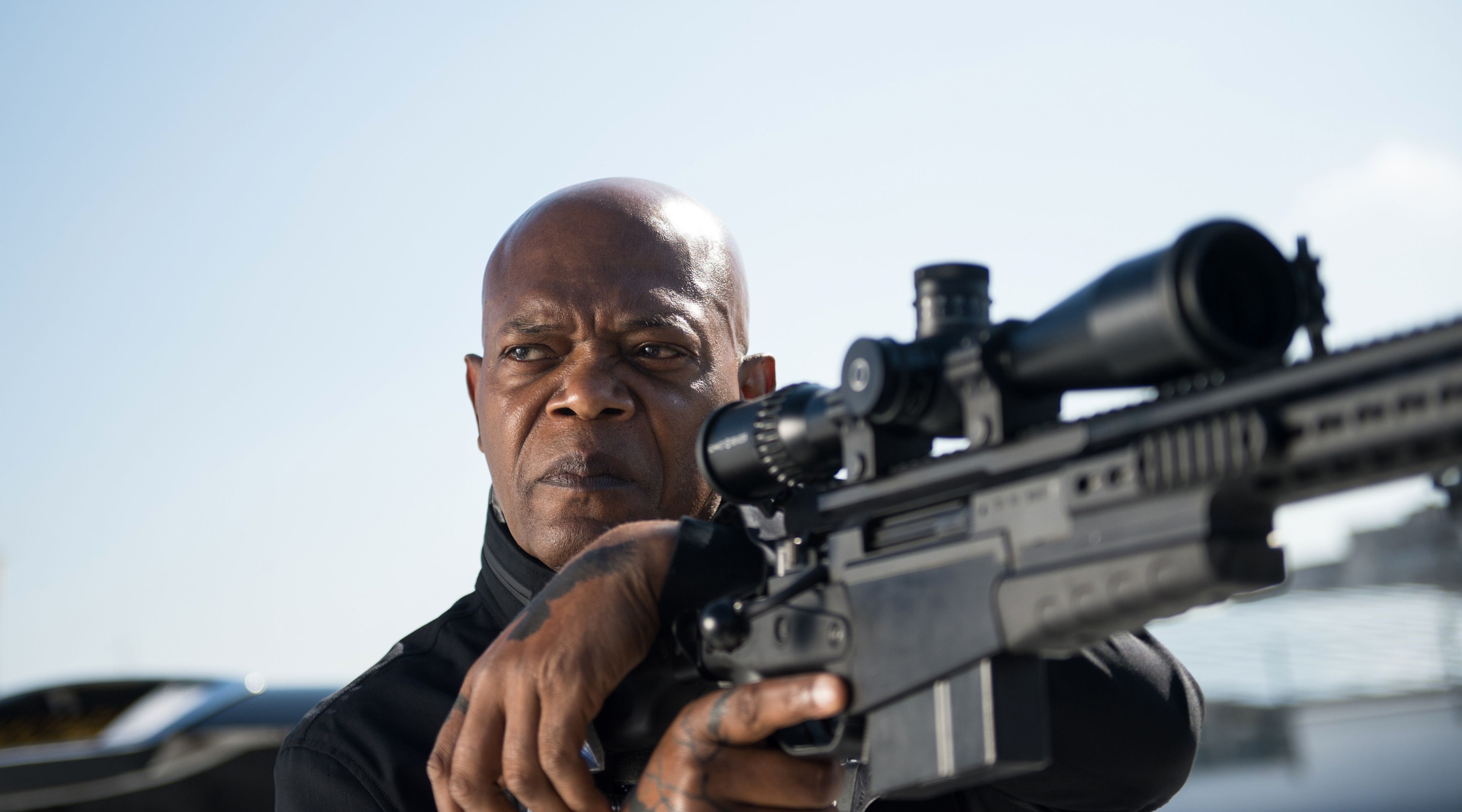
ROBERTS: Quite often you’re streamlining narratives or diminishing a character’s relevance or the thing you find a lot with films is repetition of information. A screenplay will tend to hammer a point seven times because off the page things register so much less significantly. So a script will tend to be overloaded with information that – once acted and played out – feels redundant. So then you have to consciously mitigate – giving the audience the right information. That process of reduction and additions can change with context quite often.
But it is constantly about rhythm, because if you shorten 10 scenes at the head of the film then that’s going to have an effect on the following 10 scenes. The overall rhythm of the movie is constantly changing. Usually only in the direction of getting shorter, but we played a much shorter version of Hitman to Lionsgate — about 10 minutes shorter than the final film — and they thought we had gone way too far with it and they made us put back bits and pieces just for clarity. We didn’t fight them on that decision. We agreed when we discussed it – and it was certainly released as the film that Patrick and I believed in – but sometimes, in the process, you do go too far and you think, “We don’t need this piece of information. We don’t need this scene or this character” and then we screen it for our colleagues and they don’t understand x, y and z.
So sometimes the process is re-inserting stuff, but more often than not you’re constantly trying to reduce and reduce and reduce.
HULLFISH: I always think of telling a story like telling a joke. You don’t want to give too many details but you don’t want it to be so dry that there is nothing but the set-up and the punchline.
ROBERTS: Exactly
HULLFISH: When you were trying to hone, how close to the script did you end up being? Were there any structural changes?
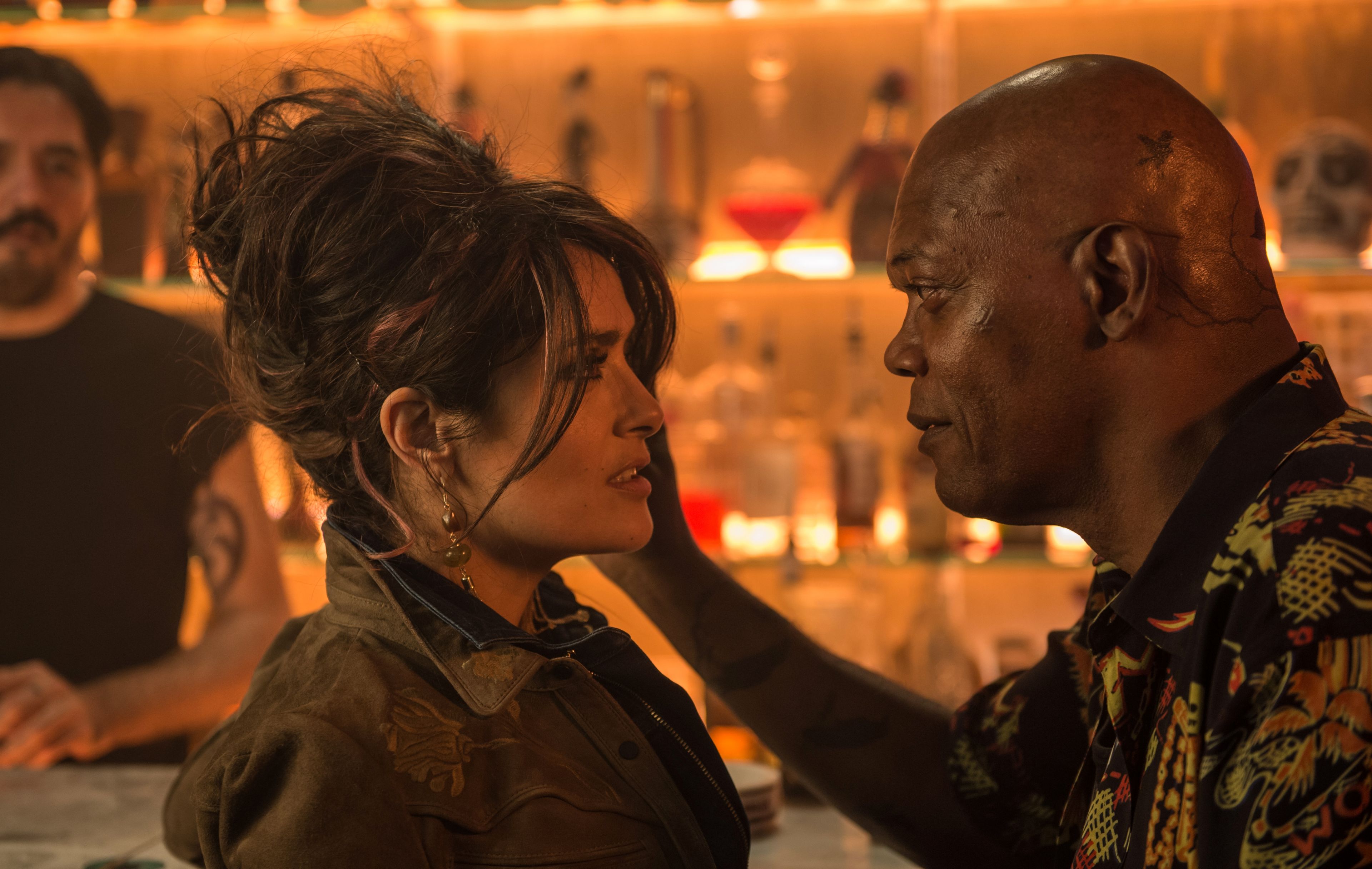
ROBERTS: In terms of the overall structure it’s a pretty linear story so any structural changes tended to occur in the cross cuts between the A and B storylines. The choice of when to jump From Ryan and Sam to Salma Hayak’s character or Gary Oldman. There’s a scene that was shot as a daytime scene and it was meant to occur quite a lot earlier in the movie and we had to digitally grade it to look like night because we wanted to push it later in the narrative. The whole structural difficulty with the film was trying to get Sam and Ryan together quick enough because you had three different character set ups which was Ryan’s character, Gary Oldman’s character, and Sam Jackson’s character and they all had to have a set up and give some context before you could really start the narrative of the movie: which was getting Ryan and Sam’s characters in the same room together.
In the first assembly I think it was 35 minutes before Ryan met Sam, and we knew it should be 20 minutes. So we were constantly trying to think of ways to shorten the opening. And one of them was to move Gary’s second scene later into the movie which meant turning into a night-time scene. But once they met, Ryan and Sam’s story was so linear that it couldn’t really be re-ordered.
HULLFISH: You said that there was a lot of improv. How did you deal with that? Were you creating selects reels? How are you choosing what was funny that wasn’t in the script?
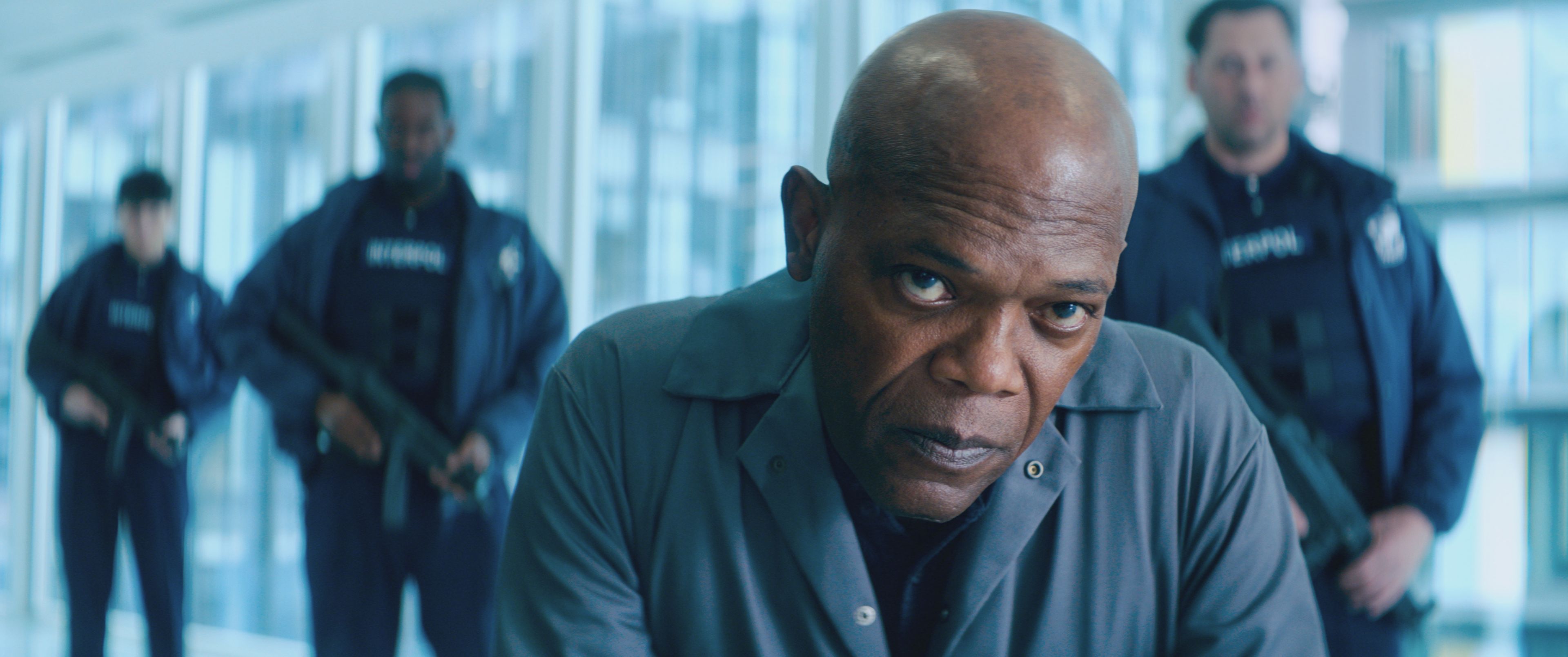
ROBERTS: I wasn’t always sure what was meant to be in the script. I don’t always slavishly read the script before I watch the dailies because I sometimes think it’s kind of better to see what insinuates itself from the material. I’d rather not color myself as I’m watching the dailies because sometimes actors will stress things that weren’t really stressed in the screenplay or vice versa so I’d rather be led by the material than the script. So I usually try and play it quite loose at first and see what occurs to me. And so that goes the same for the comedy. Ryan is someone who, with a punchline — if you get four takes — will give you four different punch-lines. So, I go with what I find funny at first and then Patrick would come by and eat his lunch in my edit suite and occasionally he’d say, “Oh, you chose that take. I thought this other version was funnier” and I would try it out. But I would always much rather have a variety of stuff even it means you only get one version of that thing, at least you get the breadth of choice.
Some actors like to do every take wildly different and some actors give you pretty much the same thing every time. That performance might be a good performance. But as the editor it’s more interesting to get to choose from a wide variety of things. If the thing I thought was funny doesn’t get a laugh in any of the test screenings then you go, “Let’s try take three.” Sometimes your instincts aren’t always right.
HULLFISH: Let’s talk about the nuts and bolts of the way that you edit a scene together and your approach.
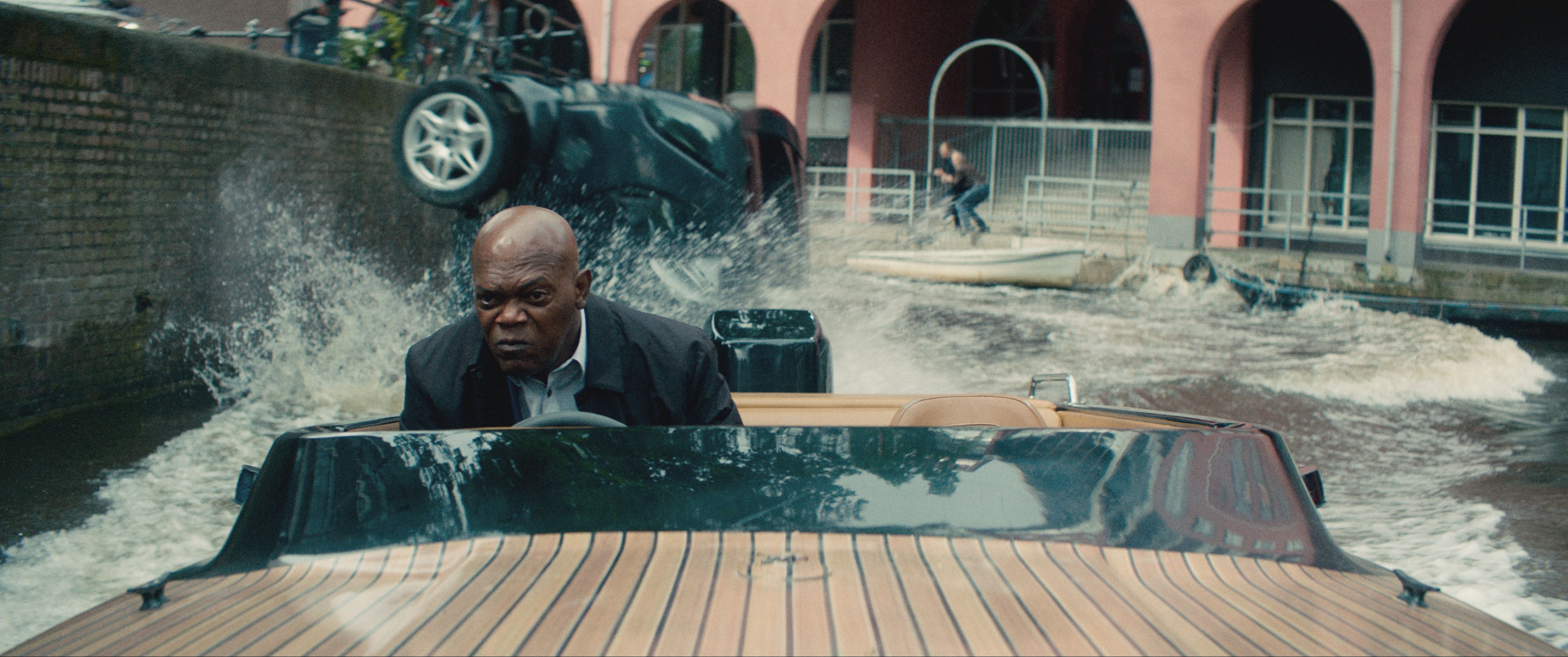
ROBERTS: The way I assemble a scene is really born from working in observational documentaries whereby nothing is repeated. You don’t get take two, three, four. Everything is unique but also so much of it is boring and redundant. So the process of watching 300 hours of dailies for a documentary is pretty numbing, to be honest, and you don’t want to have to ever watch all of it again, so the way I dealt with that is as I watched the dailies for the very first time I would throw down anything I thought was interesting into a sequence making what I call a palette and you just distill down the footage that way. You’d create some palettes that are purely visual and some that were purely interview but you would basically collate your footage in that way.
When I moved to drama I kept doing the same thing, so I will watch the dailies constantly putting anything I think is good into a timeline. I try and keep those selects in a consecutive order so each take I thought was good of a certain line will be next to itself in the sequence. So at the end of watching the dailies of a scene, which might amount to four hours I’ll end up with say twenty-five minutes of selects and then I just distill from there. It’s almost a sculptural process with my selects palette being the piece of marble or stone and I just chip away at it until I have a scene.
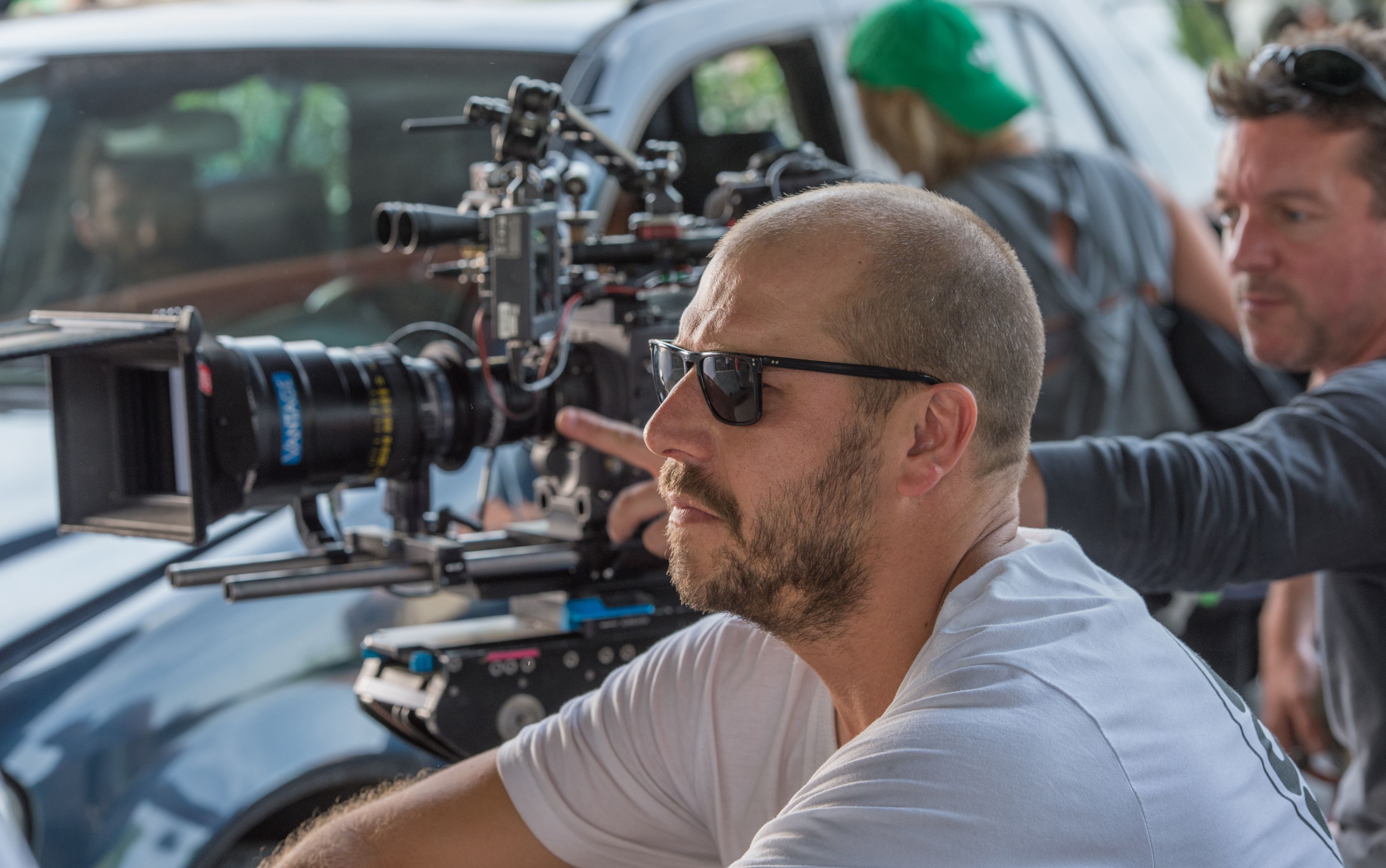
Then for David MacKenzie, I’ll screen that assembly for him at the end of every day. With Patrick on Hit Man, it was maybe every couple of days with John Crowley on Brooklyn he didn’t watch anything until the end of the shoot. But at whatever point where they watch it, they’ll give me some notes. If they think every choice you’re making is the wrong one you’re probably the wrong two people to make a film together because hopefully, your tastes are quite similar. But of course, there are times where you massively get something wrong or just do it so differently from their intention. So then you talk through what they wanted and make the changes or sometimes it’s as simple as, “No. I think that take 6 is more interesting for that line” and you keep everything else the way you had, it but you change out that one line-reading. Whatever the notes, scenes are almost always better once you’ve had another pair of eyes on them.
HULLFISH: You talked about sculpting. When you make that selects reel – or palette, as you called it – are you using the selects reel as a source? or are you sculpting the scene using the palette as your timeline, trimming it to create the scene?
ROBERTS: I’ll duplicate it first, but then I will use the palette as the timeline and hack into that. Sometimes when you put the scene together you realize that actually the next five seconds of a shot is essential for the timing of a moment which you maybe didn’t initially put into your selects palette but of course you can just trim that out to where you want it.
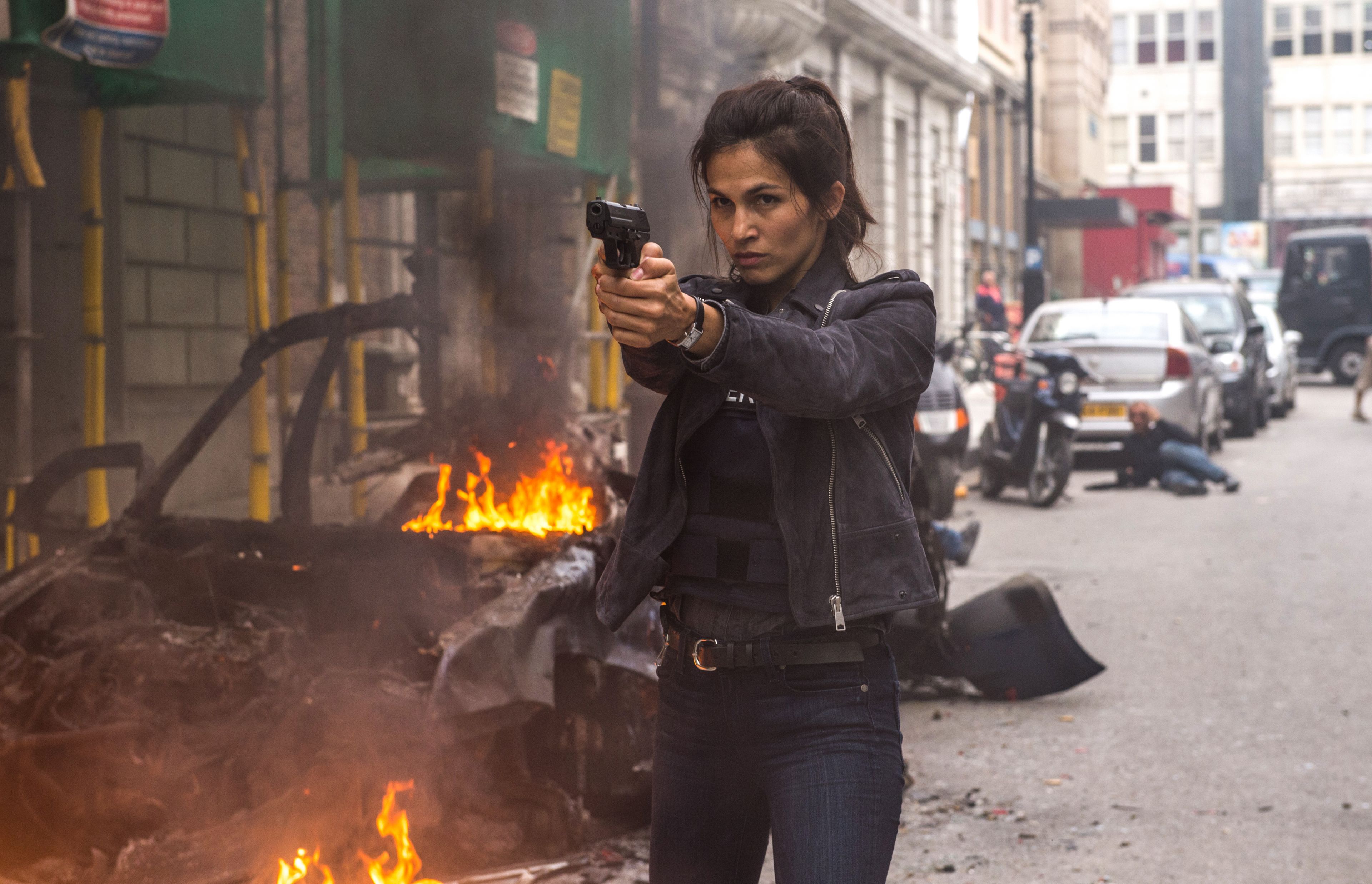
The selects are only an instinctive choice of what was initially interesting but quite often you’ll find that because of the internal rhythms of the scene you suddenly need plenty of frames that you didn’t originally think had a lot of value be it a meaningful beat after line reading or the look in an eye. So I will cut using the palette as the basis but often I match frame back to the dailies at the same time.
HULLFISH: It’s one of the reasons why I do these interviews: because it’s so interesting to hear the methodology multiple people having great success doing things in different ways from each other. You mentioned getting another pair eyes in your collaboration with the director. Talk to me a little bit about that relationship between you and the director and how you foster it and how you how you interact with him. How are you a collaborator?
ROBERTS: It’s obviously very different with different directors but ultimately you try to achieve the same end which is trust. First, it helps if you kind of like each other. You tend to become friends or at least be friendly because you spend so much time together.
I’ve known David Mackenzie for 20 years and we became friends through the edit suite but we’re now friends outside of it too. I became good friends with Patrick on Hitman and we’re still in touch all the time. Basically, it helps to be compatible. From there you learn about their tastes and tendencies which slowly inform your choices, but likewise, you try to put as much of yourself and your sensibility into your cut and hopefully they like most of what you bring. It’s a process of mutual discovery and I find it’s important to be a good listener.
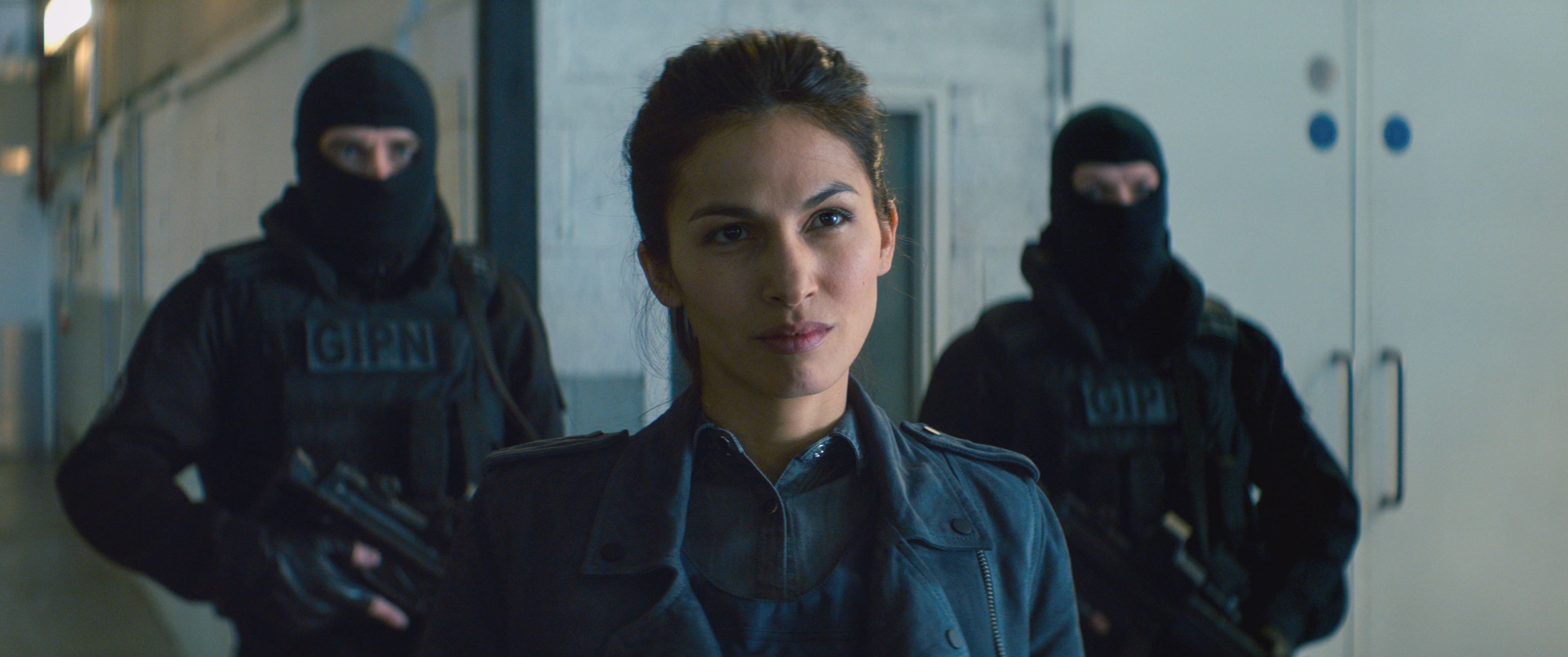
That initial time with them in the assembly is quite often almost part therapy. Making a movie is incredibly grueling physically and emotionally, but also a psychological experience and so they tend to be kind of raw when they come in to you. That couch at the back of the suite almost becomes a therapist couch. Often a lot of that emotional baggage they have pertains to certain material in the film and they might have complicated feelings about certain scenes because it was really horrible to shoot or not the way they wanted it and yet you might think the scene’s great.
It could be a few months before they can feel good about it. The process can manifest itself in lots of different ways so you have to be sensitive to their feelings. Hopefully, you can always find a path where you’re both happy.
And I think two heads are always better than one. I’ll always be slightly wary if I see “shot, cut and edited by.” I think the Coen brothers get away with it because there’s two of them but otherwise, I think it’s pretty essential for the editor and director to be separate individuals. I’ve yet to work with anyone who was so dictatorial that they didn’t welcome creative input. Even Steve McQueen was highly collaborative and he wants you to have an opinion and that opinion can be different to his. It’s where you meet in the middle. That’s what’s unique about your particular collaboration with them. So I don’t think anyone at the top of their game is someone who just does what the director wants. I think it has to be a conversation and sometimes quite a spicy one. But that’s healthy.
HULLFISH: One of the things that I have done on several films, but I have kind of been warned about from several editors is that I’ll cut lines out of a first assembly if I don’t think they deserve a place in the film, but I’ve gotten very negative reactions from directors when I’ve done that. What’s your opinion?
ROBERTS: I also drop lines in my first assembly that I don’t think work. I do whatever I have to make the scene play even if it means making a few trims. I’m not prepared to offer up something that I know is less good than I think it can be just because it’s what was on the page. If the director thinks that’s a bad call then I can put it back in a matter of seconds but I’ll lead with a fairly opinionated assembly because that’s my chance to do what I think is best and then after that I’ll try and shut up as much as possible when they react to it. Sometimes they think it’s great and sometimes they have something to say. Ultimately the director they can always do what they want.
HULLFISH: I really enjoyed our conversation and good luck on your next project. Thank you so much for your time today.
ROBERTS: Well it’s my pleasure. Thank you, Steve.
This interview was transcribed with SpeedScriber, which has recently come out of public beta and is now available.
To read more interviews in the Art of the Cut series, check out THIS LINK and follow me on Twitter @stevehullfish
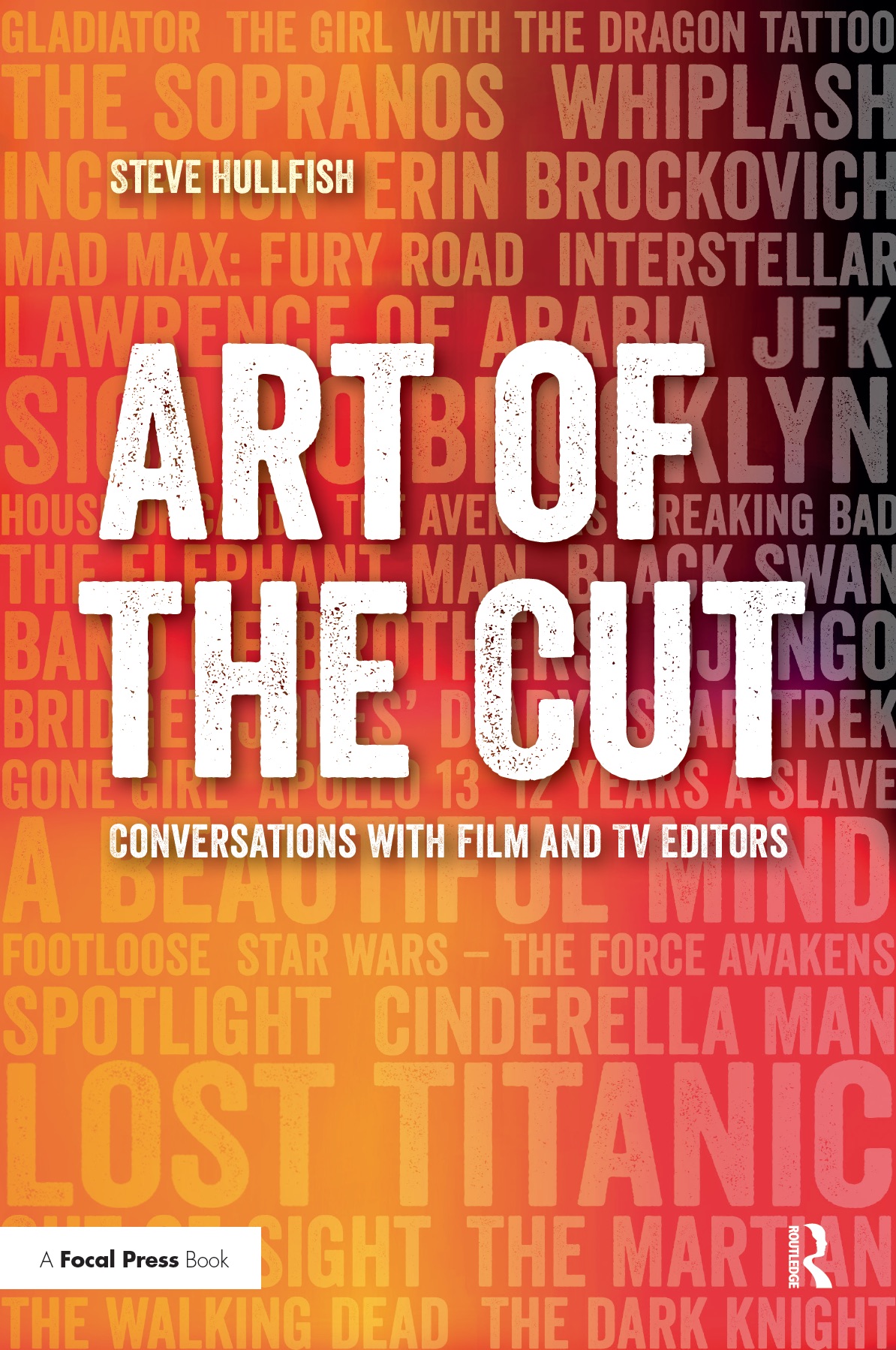 The first 50 Art of the Cut interviews have been curated into a book, “Art of the Cut: Conversations with Film and TV editors.” The book is not merely a collection of interviews but was edited into topics that read like a massive, virtual roundtable discussion of some of the most important topics to editors everywhere: storytelling, pacing, rhythm, collaboration with directors, approach to a scene and more. CinemaEditor magazine said of the book, “Hullfish has interviewed over 50 editors around the country and asked questions that only an editor would know to ask. Their answers are the basis of this book and it’s not just a collection of interviews…. It is to his credit that Hullfish has created an editing manual similar to the camera manual that ASC has published for many years and can be found in almost any back pocket of members of the camera crew. It is an essential tool on the set. Art of the Cut may indeed be the essential tool for the cutting room. Here is a reference where you can immediately see how our contemporaries deal with the complexities of editing a film. In a very organized manner, he guides the reader through approaching the scene, pacing, and rhythm, structure, storytelling, performance, sound design, and music….Hullfish’s book is an awesome piece of text editing itself. The results make me recommend it to all. I am placing this book on my shelf of editing books and I urge others to do the same. –Jack Tucker, ACE
The first 50 Art of the Cut interviews have been curated into a book, “Art of the Cut: Conversations with Film and TV editors.” The book is not merely a collection of interviews but was edited into topics that read like a massive, virtual roundtable discussion of some of the most important topics to editors everywhere: storytelling, pacing, rhythm, collaboration with directors, approach to a scene and more. CinemaEditor magazine said of the book, “Hullfish has interviewed over 50 editors around the country and asked questions that only an editor would know to ask. Their answers are the basis of this book and it’s not just a collection of interviews…. It is to his credit that Hullfish has created an editing manual similar to the camera manual that ASC has published for many years and can be found in almost any back pocket of members of the camera crew. It is an essential tool on the set. Art of the Cut may indeed be the essential tool for the cutting room. Here is a reference where you can immediately see how our contemporaries deal with the complexities of editing a film. In a very organized manner, he guides the reader through approaching the scene, pacing, and rhythm, structure, storytelling, performance, sound design, and music….Hullfish’s book is an awesome piece of text editing itself. The results make me recommend it to all. I am placing this book on my shelf of editing books and I urge others to do the same. –Jack Tucker, ACE

Filmtools
Filmmakers go-to destination for pre-production, production & post production equipment!
Shop Now